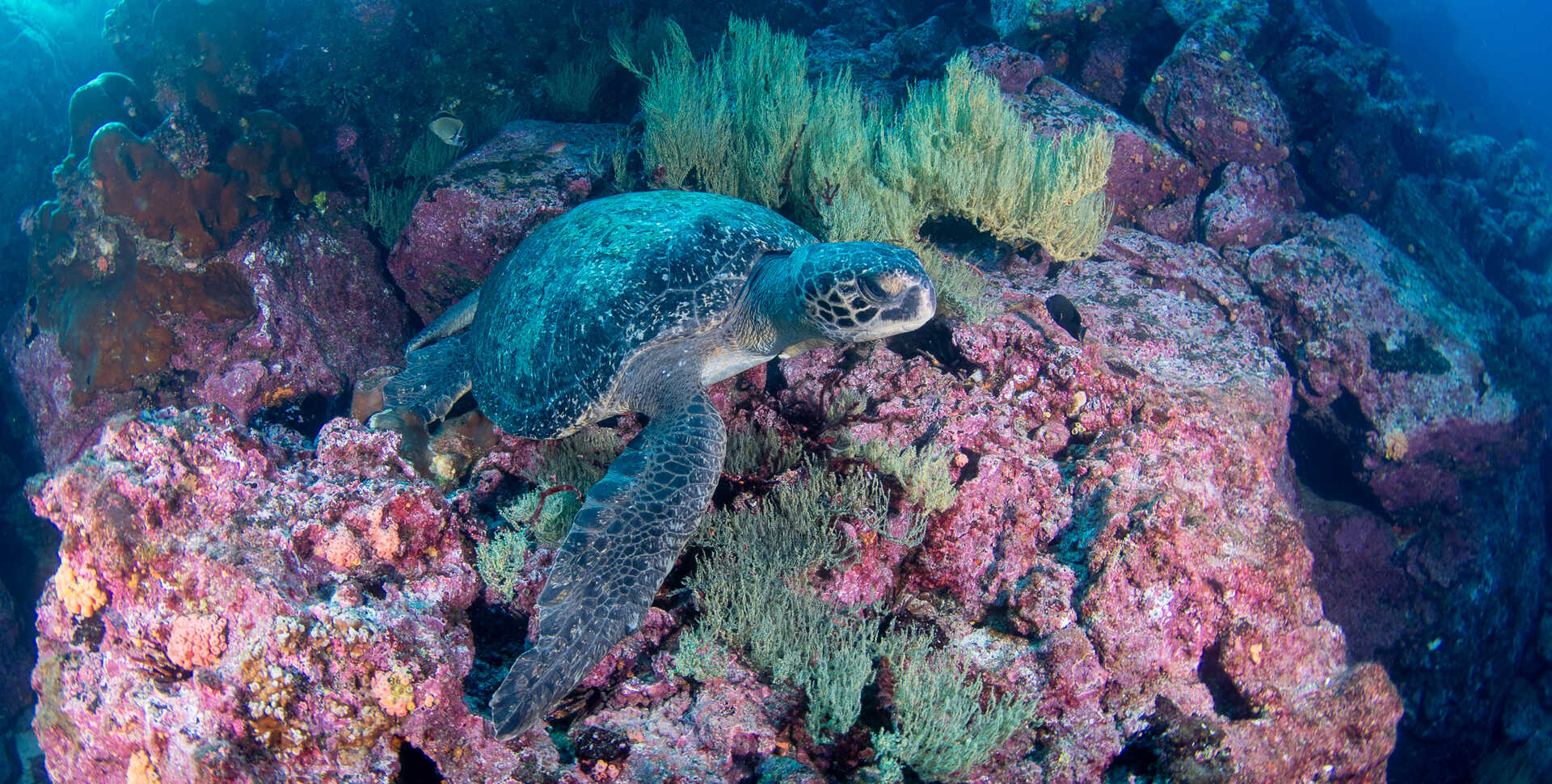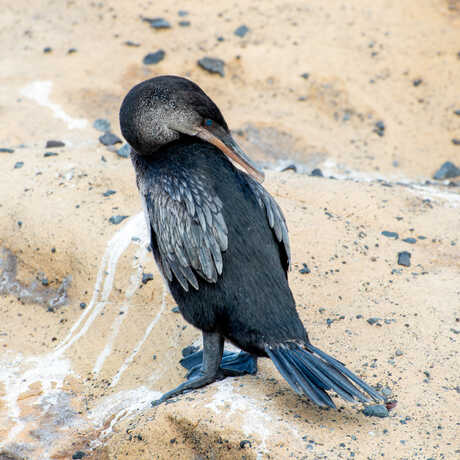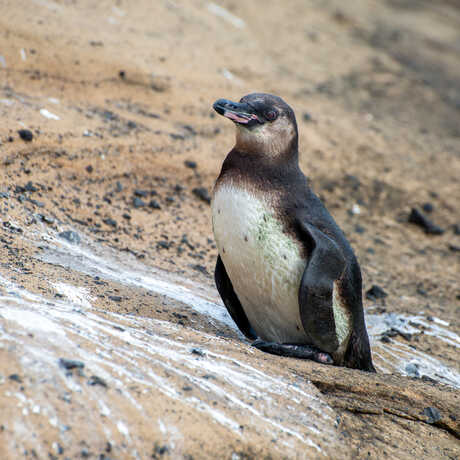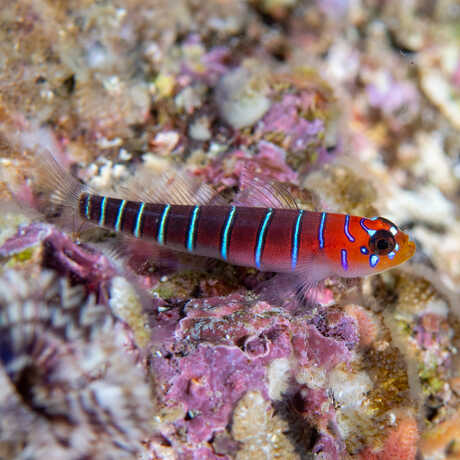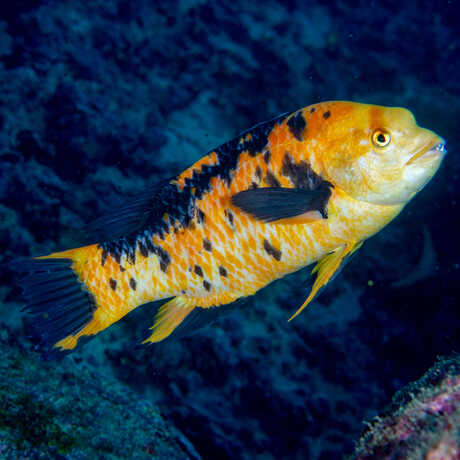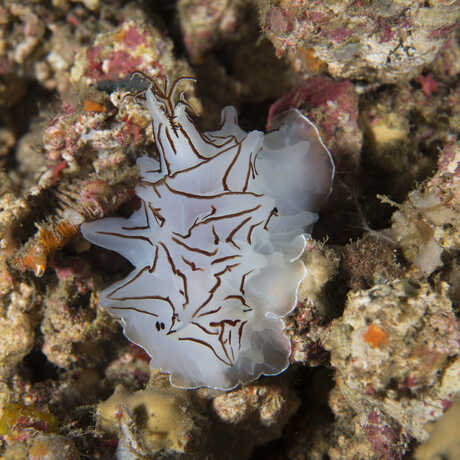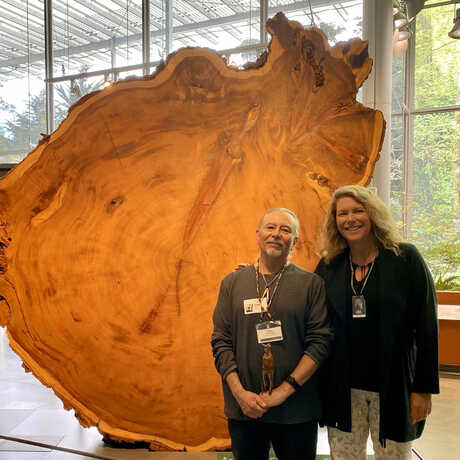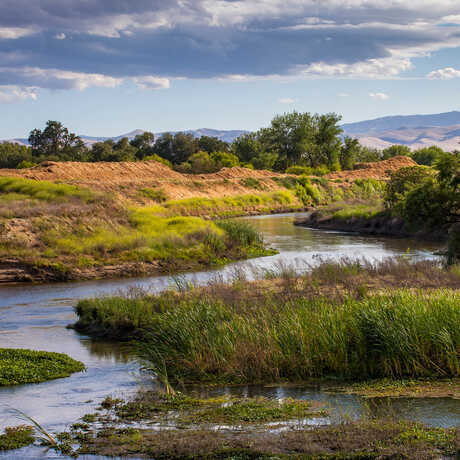A Galápagos Homecoming
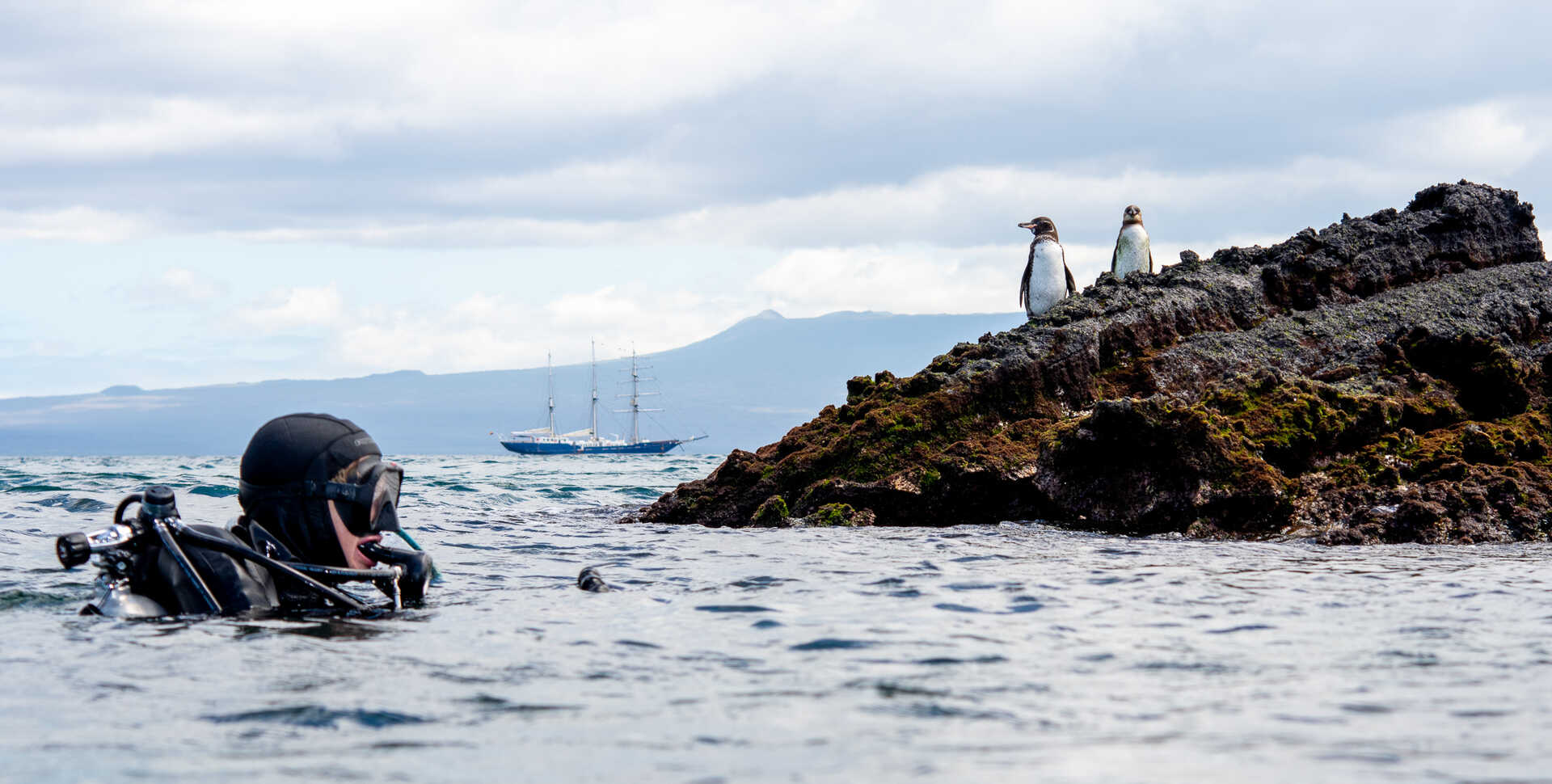
On the Galápagos Islands, evidence of evolution is everywhere, with endemic species like the Galápagos giant tortoise (Chelonoidis niger) and Darwin’s finches telling captivating stories of natural selection that have inspired scientists for centuries. Today, the Academy is home to the world’s largest collection of scientific specimens from the island system, thanks in part to a series of expeditions that began in 1905 when its “sailor-scientists” collected some 70,000 specimens that are used to this day for research.
Browse reptile and bird specimens from the Academy’s Galapagos collections
When Academy researchers returned to the Galápagos earlier this year on a joint Hope for Reefs/Islands 2030 expedition, the warmer ocean temperatures brought on by El Niño provided a unique opportunity to study how the archipelago’s flora and fauna adapt to environmental change. Several species have experienced massive population declines under El Niño conditions, including a 70% drop in marine iguanas during the severe 1982-83 event.
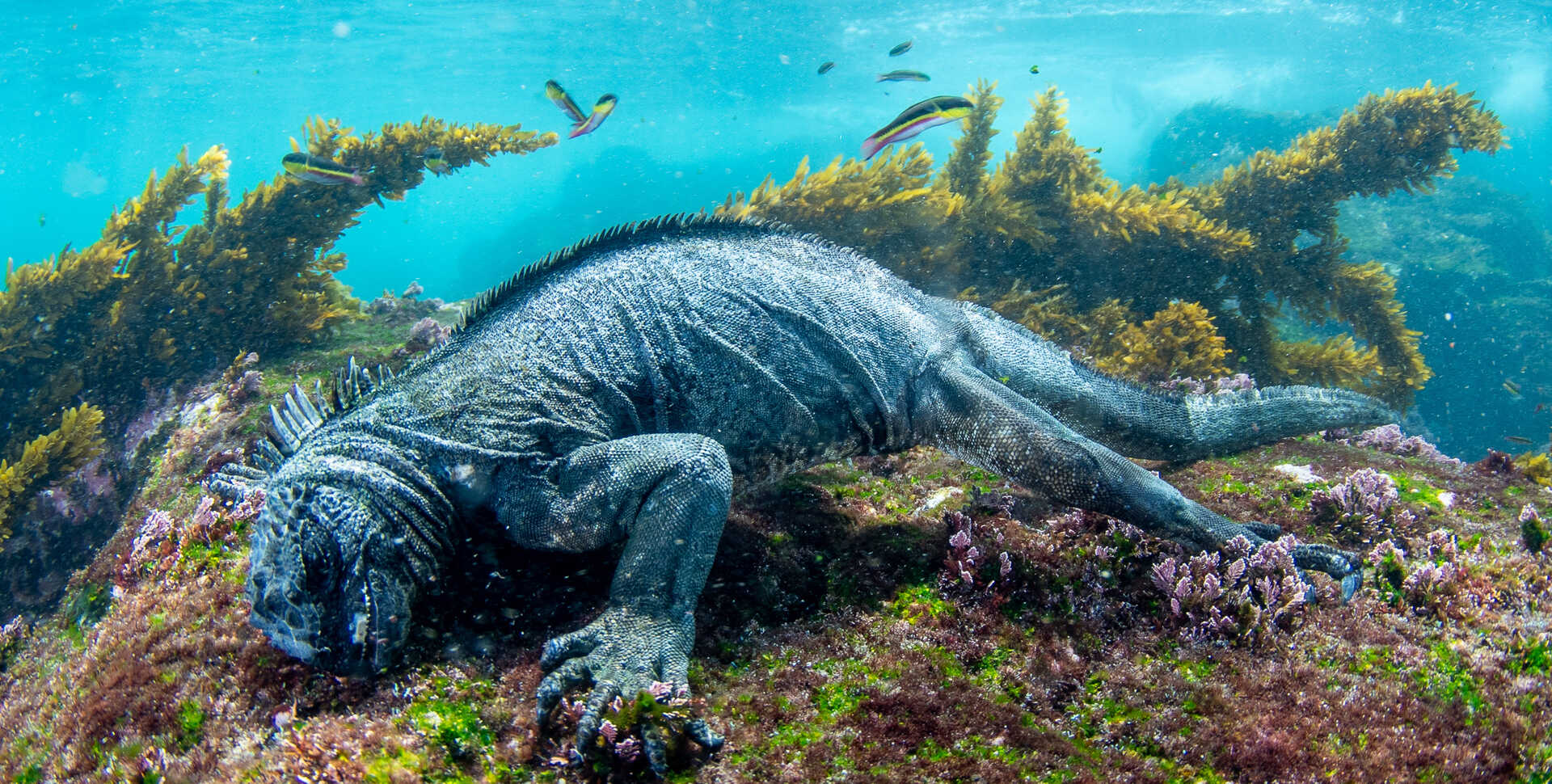
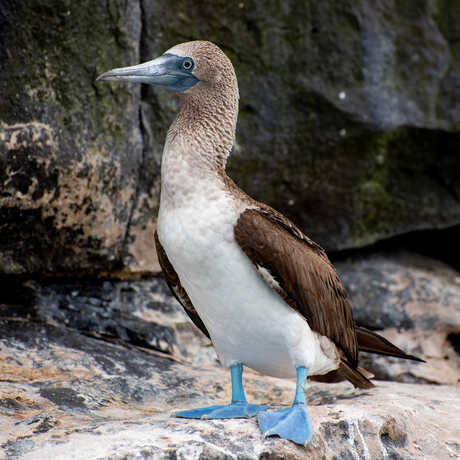
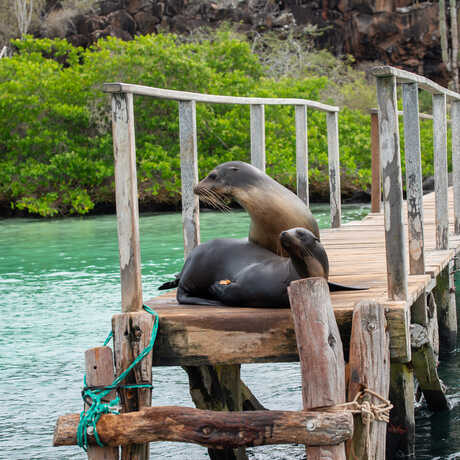
The lizards also shrink in size during El Niño, absorbing their own bone and shortening the length of their skeletons—just two of many adaptations that animals undergo to survive under inhospitable conditions.
Other animals, including elusive fish and rarely seen corals, make surprise appearances during these warmer months, allowing researchers to study the effects of climate variance and stress on delicate marine ecosystems.
“The Galápagos might seem like a strange place to study coral reefs because the marine ecosystems there are mostly rocky—it’s very different from the reef systems we see elsewhere in the Pacific,” said Assistant Curator of Invertebrate Zoology Rebecca Albright. “The corals at these locations are exposed to extreme environmental conditions, such as colder waters and wild temperature fluctuations."
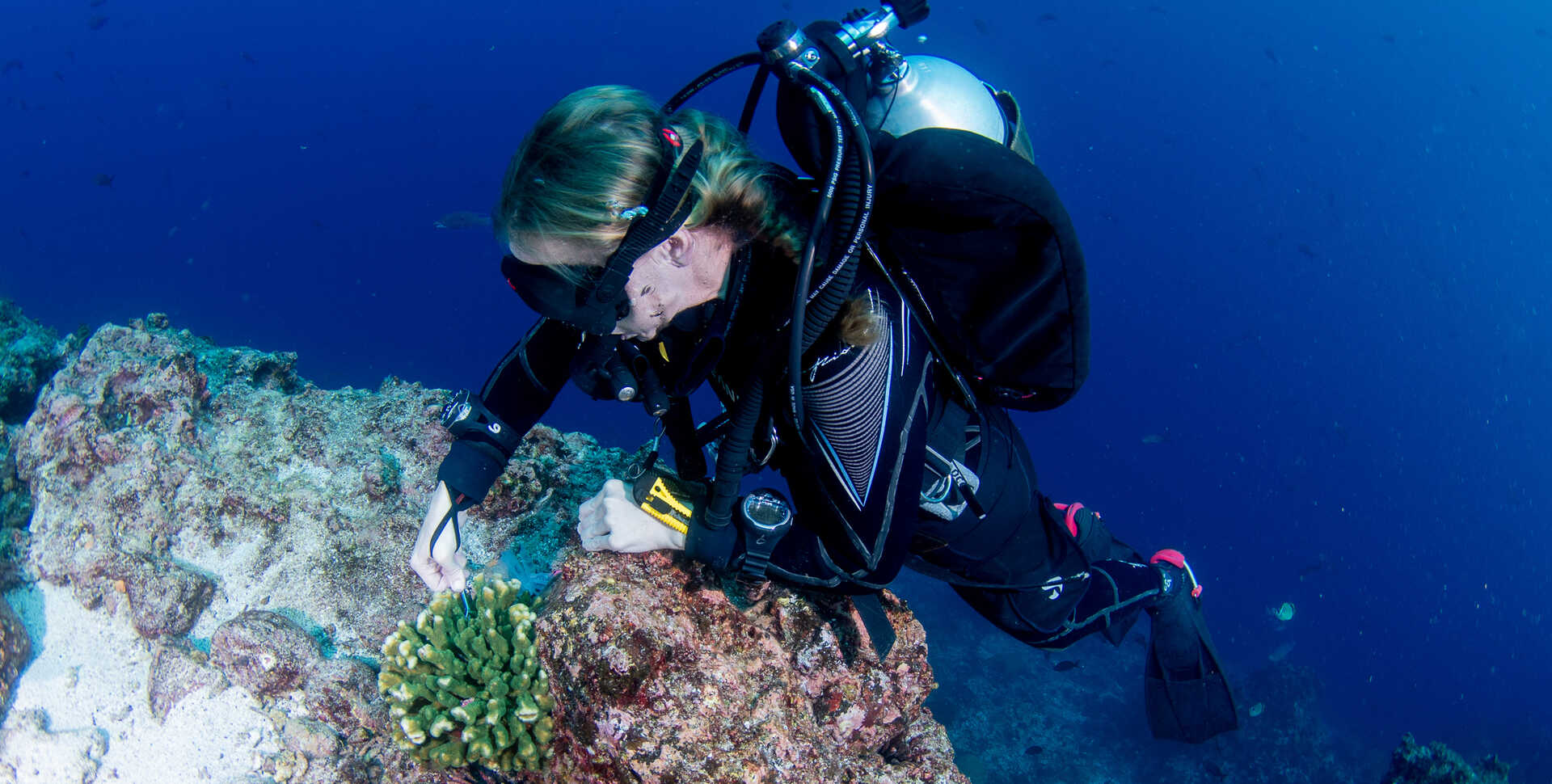
Because of El Niño, scientists kept a keen eye out for species that haven’t been identified or seen near the Galápagos since the 1980s, when similar conditions disrupted the local food chain and several endemic species were thought to go extinct.
Terry Gosliner, senior curator of invertebrate zoology, co-led the expedition with Inti Keith from the Charles Darwin Foundation and identified at least three new sea slug (nudibranch) species. Researchers at the Charles Darwin Foundation are now conducting genetic sequencing on these collected specimens to better understand their distribution along the island system.
Scientists were unable to locate some species thought to only occur during El Niño’s uncharacteristically warm months. Academy Chair of Ichthyology Luiz Rocha, for example, was unable to locate the rare Galápagos damselfish (Azurina eupalama), last spotted in the 1980s and now possibly extinct. On the positive side, scientists reported minimal coral bleaching, perhaps because the El Niño conditions were less severe than anticipated.
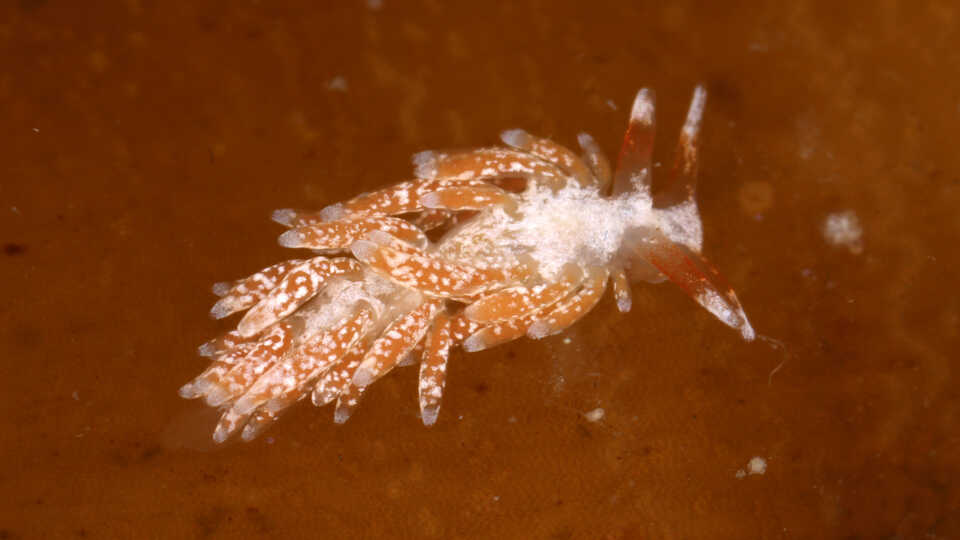
“We found a new species of nudibranch hitchhiking on a colonial hydroid, which is a relative of a sea anemone and a favorite food for sea slugs,” Gosliner said. “When we returned to the boat and put the hydroid in a tray, within a few seconds a new species just crawled out! It literally fell into my lap.”
Terry Gosliner © 2024 California Academy of Sciences
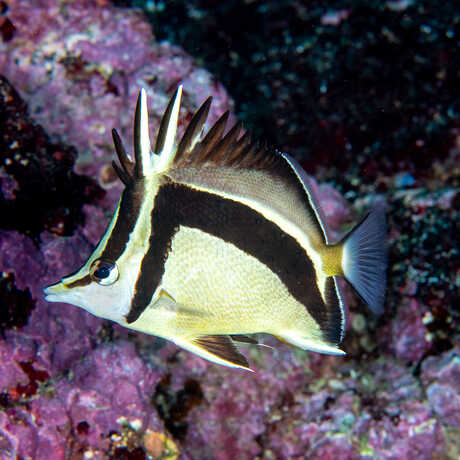
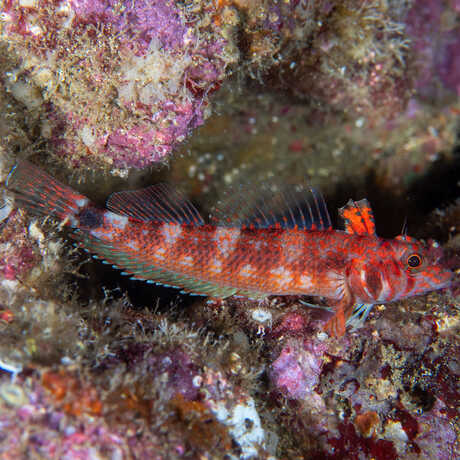
After eight days at sea, the scientists returned ashore to Santa Cruz Island, convening a workshop with the Charles Darwin Foundation to identify overlapping topics of expertise and explore opportunities for future research collaboration.
Academy researchers shared insights on coral restoration and collections management, and also learned about the Charles Darwin Foundation’s complex Subtidal Ecological Monitoring Program. Operating for the last 20 years, the monitoring program tracks the biodiversity of marine communities in the Galápagos, as well as the spread of invasive species and the effects of climate change—all in support of building ecological resilience and conservation plans. The workshop also provided an opportunity for Lindzy Bivings and Cindy Valencia, educators on the Academy’s Islands 2030 initiative, to exchange perspectives on community-based science education with their Galápagos peers.
“The workshop [with the Charles Darwin Foundation] helped us understand how compatible our research interests are. Our teams have already discussed plans to expand coral restoration work in the Galápagos,” said Elora Lopez-Nadam, an Academy research scientist who specializes in coral regeneration. “Coral regeneration is particularly important in the Galápagos, where some 90% of corals were lost in the 1980s.”
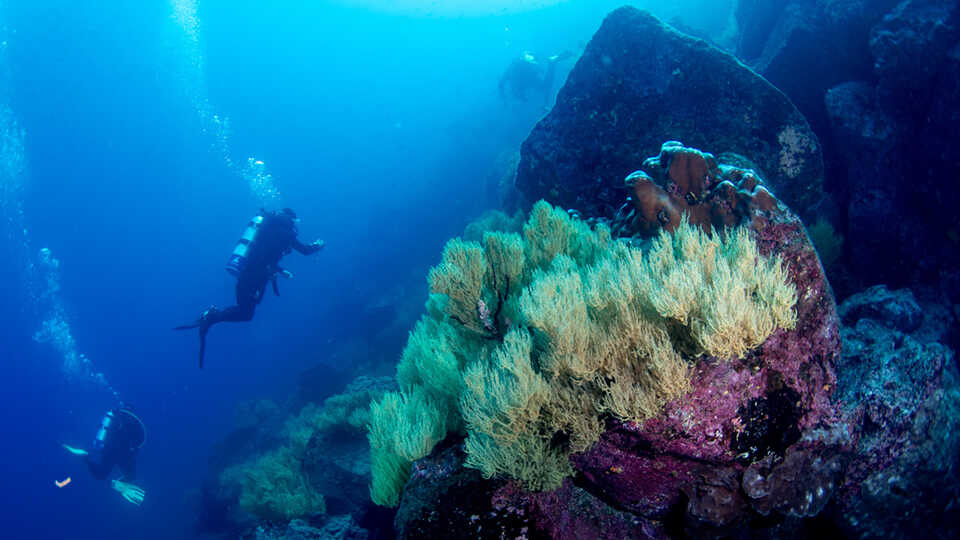
Because the vast majority of Galápagos corals died during the 1982-3 El Nino event, Lopez-Nandam says the surviving population are truly “evolutionary superheroes.” Their adaptability in the face of extreme environmental fluctuations makes them important research specimens for understanding coral resilience elsewhere.
Luiz Rocha © 2024 California Academy of Sciences
Ultimately, Academy scientists are hopeful that conservation solutions on the archipelago will span from the island ridges to the underwater reefs.
“When dealing with an island system such as the Galápagos, what happens on land affects marine environments and vice-versa—you can’t study one in isolation of the other,” said Gosliner.
Stay tuned for more stories about the Academy's work supporting rewilding efforts in the Galápagos.
